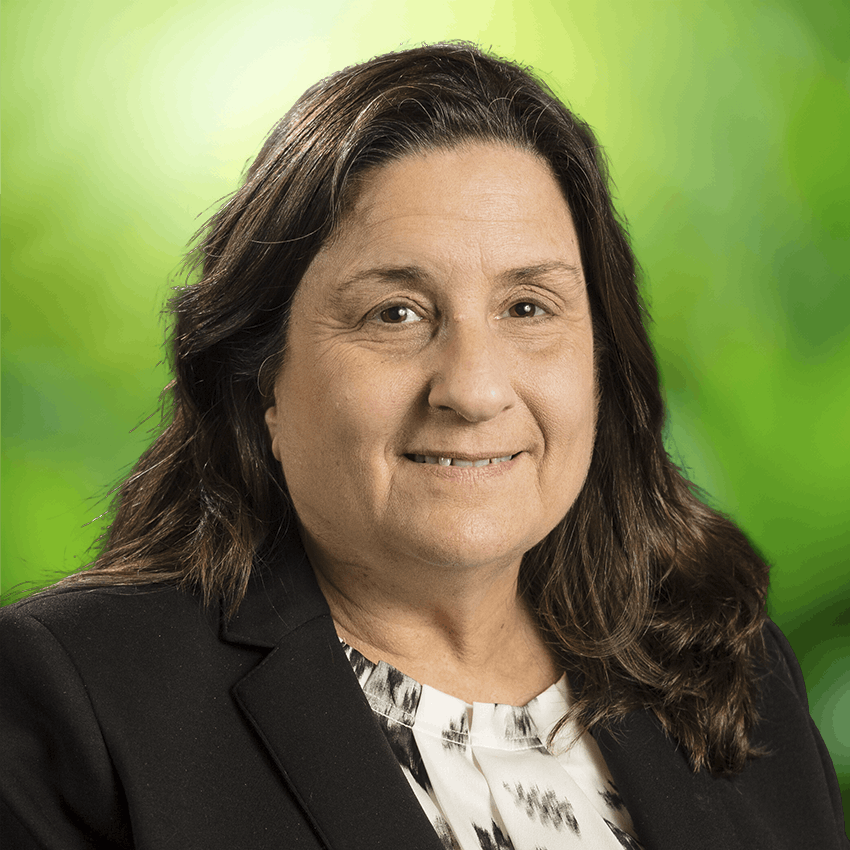Pentagon Generative AI Task Force Releasing New Exploration Tool Soon
Task Force Lima’s commander said the group will soon release a sandbox environment to help the defense community experiment with AI.

The Defense Department’s generative artificial intelligence task force, Task Force Lima, is preparing to roll out a new digital sandbox within the next 30 days that would enable the defense community to experiment and learn about different AI tools. The effort is the latest in the group’s 18-month timeline to advance a unified approach to responsible adoption of generative AI.
Capt. Manuel Xavier Lugo, the task force’s commander, noted there is much anticipation for the sandbox and for more education about the technology as he is asked about it “at least twice a day.”
“Those sandboxes are meant to create access to this technology and then also have areas for orientation and metric collections,” he said at DOD Chief Digital and AI Office’s (CDAO) three-day Advantage DOD Defense Data & AI Symposium last week. “Hopefully, we can start putting our testing and evaluation and assessment and assurance tools in the tool and go ahead and test those out. … It’s the only way that we’re going to learn the limits.”
DOD launched Task Force Lima in August to help synchronize the department’s exploration and fielding of AI capabilities that can pose significant risks to national security. Task Force Lima will build partnerships across DOD components and offices to “collectively learn, responsibly adopt, and diligently advance the security and safety of generative AI.”
One goal of Task Force Lima’s 18-month timeframe is to put a transition plan in place, said Lugo.
“For example, if we’re recommending policy, we’re going to find where that transition of policies should go to,” he said, “We’re recommending architecture, where does that architecture belong?”
Lugo said the group’s key focus for generative AI technology has been more visionary and experimental about its capabilities, not to determine a specific outcome.
“We are putting a lot of stress on how to make the tool be perfect,” he said. “Really what we need to do is think about how we can learn to use the tools, not necessarily how they are right now, but how they need to be.”
He cited about 180 use cases for the technology across the department.
“This is not a push down, but a pull approach,” he said. “We’re trying to get to what are the use cases. What are the areas where people want to utilize these technologies? Experimentation and evaluation are the paths of confidence. We’re not going to get competent in these tools unless we start using them. However, I don’t want to be reckless or use them on things that they are not ready for.”
To help educate the workforce, the task force wants to establish weekly office hours and an FAQ board as ways to disseminate information and communicate policy about AI.
“For those that want to start tinkering with, want to expand, want to scale or want to even learn more about the technology, engineers will be on hand to discuss specific topics during virtual weekly office hours,” Lugo said. “We are soliciting input into the office hours.”
This is a carousel with manually rotating slides. Use Next and Previous buttons to navigate or jump to a slide with the slide dots
-

Cyber Incident Reporting Regulation Takes Shape
An upcoming CISA rule aims to harmonize cyber incident reporting requirements for critical infrastructure entities.
5m read -

Connectivity Drives Future of Defense
The Defense Department is strategizing new operating concepts ahead of future joint force operations.
8m read -

5 Predictions for AI in Government Technology
Agencies are setting plans in motion not only to integrate AI into their enterprises, but also ensuring the data that power these systems are fair.
41m watch -

Agencies Meet Key AI Goals Amid Call for More Experimentation
Federal leaders call for prioritizing artificial intelligence and its applications to critical cybersecurity and workforce initiatives.
7m read








